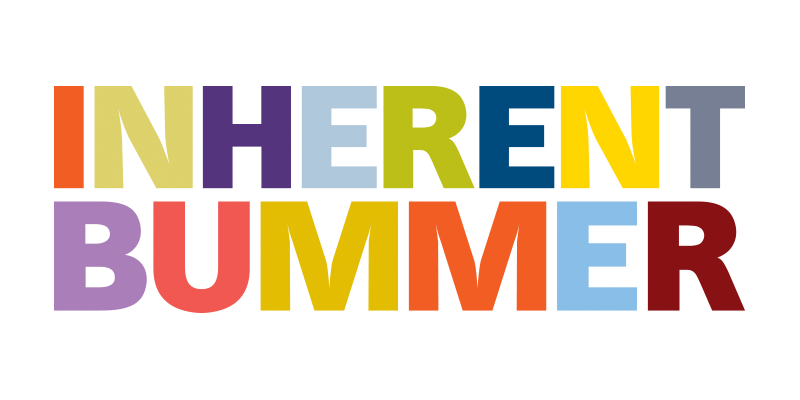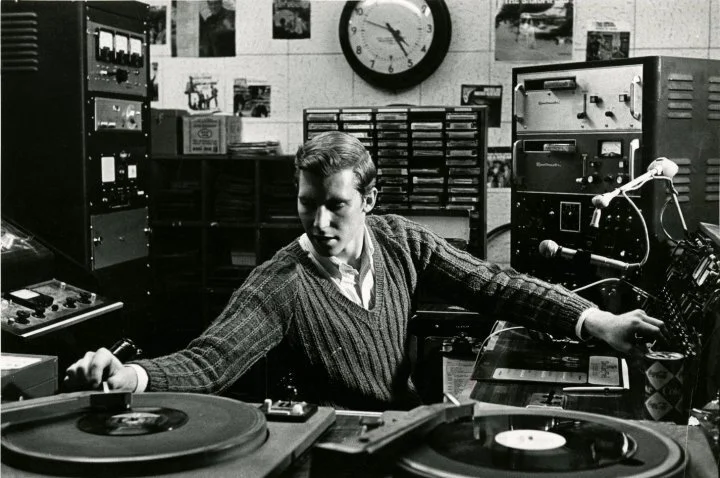Imaginary Ballroom
In an age when Spotify, Apple Music, and other streaming services dominate the digital music world, anyone can be a deejay. Dee•jay. Noun. Definition: disc jockey. Further defined as a person who introduces and plays recorded popular music, especially on the radio or at a disco. At one point in the past, probably around the time when that definition was written, a disc jockey required a platform, a radio station or disco nightclub to introduce and play recorded popular music. They required access to vaults of vinyl 45 singles sent by music labels, industry reps, managers, and bands for airtime and audio distribution. They reached humans sitting in their rooms by their transistor radios, which always reminds me of Lou Reed singing "Rock & Roll."
Then, one fine mornin', she puts on a New York station
They know, she don't believe what she heard at all
She started shakin' to that fine, fine music
You know, her life was saved by rock ’n' roll
Lives were saved by rock 'n' roll, but the credit really goes to the deejays. They were the purveyors of cool, serving up their own personal taste and style to hundreds if not thousands of listeners. They were responsible for the dissemination of popular music and the sounds of a collective nostalgia that would last generations.
A little history. In 1935, Martin Block began working at New York’s WNEW radio station as an announcer. Between news developments on the Lindbergh kidnapping, Block played popular records live over the air on a gramophone record player. Around the same time, on the opposite coast, Al Jarvis started working at Warner Brothers’ radio station KFWB in Los Angeles where he first proposed the idea of playing recorded music on air. His concept was to create an “imaginary ballroom,” which ultimately inspired Martin Block’s “Make Believe Ballroom” radio show with the nations top dance bands performing live on air. Both credited themselves with being the first to “deejay” on a radio station. And in 1943, Jimmy Savile reportedly hosted the “first DJ dance party” at a society function in England. He claims that he was the first to use two turntables to continuously play music without interruption, a technique later made possible by audio engineer Rudy Bozak in the 1960s with the invention of the turntable mixer.
Throughout the years, since those very early days of experimentation and bold-faced ingenuity, deejaying has only gotten easier. Now, all a disc jockey needs is a phone. And thus the phrase "anyone can be a deejay" was born, a phrase more commonly used as a tongue-in-cheek razz on newcomers trying to replace analog equipment with a one-touch playlist on shuffle. Forget the mixer, the cables, the years of record hunting and wax preservation that goes into a session. Forget the headphones with cords, a rare and limited commodity these days. Forget the 45 adaptors, the needles, the slip mats. With a monthly subscription to a streaming platform, the ability to introduce and play recorded music from an accessible, catalogued database is, quite literally, at your fingertips. Forget the 50 pound bag of LPs when a palm-sized seven ounce phone does the trick.
Last week, I returned to my deejay gig after nearly 17 months of hibernation caused by the pandemic. I’m a vinyl deejay. I use turntables, a mixer, headphones with a cord. I bring stacks of records that I play one for one, back to back, crossfading the beats. I don’t scratch. I don’t do anything fancy. I just play records, like I would at my house, only at a bar, to set the mood. My own make believe ballroom. Except everyone’s slightly head banging to Thin Lizzy. And then swaying wildly to David Byrne. And if I’m feeling really sentimental, at the very end, just before they shout “Last Call,” everyone sings along to REO Speedwagon, “Keep On Loving You.”
I go back and forth between decreeing iPhone deejaying as a “sell-out” act, the seemingly unrefined skill of creating a playlist on Spotify or iTunes or whatever. I know one must still possess the gift of good taste, but when given the option of Spotify radio, where a robot assembles a list of songs based on similar listeners and timbre and other algorithmic data, good taste is easy to fake. I’ve listened to Spotify radio before. It’s hit or miss. We make Spotify playlists for you to listen to in the comfort of your car or home or bedroom or wherever it is you listen to music. I’m not anti digital streaming services, even though the majority of my musician friends detest them because of their royalty inequity regulations. But I’m not opposed to innovation. That ache in my body when I pick up a bag of records is a warm reminder that I don’t always need to carry that weight, if I don’t want to.
Sometimes at my deejay night people dance. Sometimes they make requests, which elicits a scoff as I turn to point at my records. Sometimes someone will ask me what track I’m playing, which is the best feeling. Considering there’s a digital alternative to that now, an app that’ll tell you what song you’re listening to, it’s refreshing to know that you reached someone with your own personal taste. Deejays, for now, are still human. Even if anyone can be one. –Maya Eslami.




